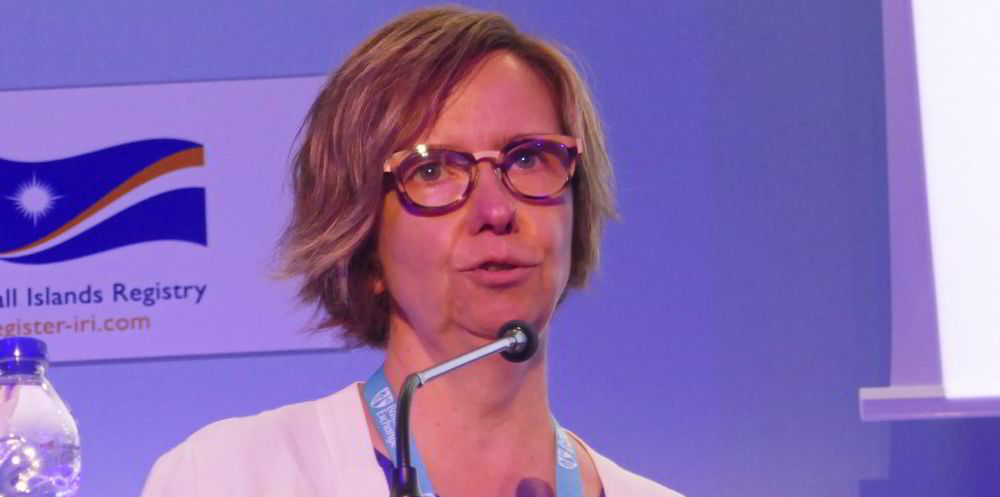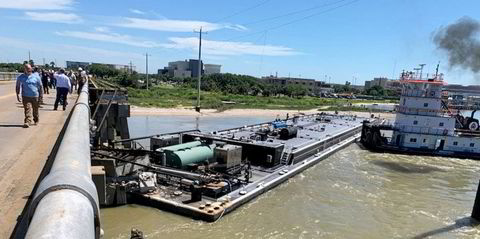The new International Maritime Organization emissions regulations kicking in next year will hold down tanker supply enough to outpace fleet growth, a Bimco analysis says.
The industry group’s chief shipping analyst, Niels Rasmussen, said the impact of the Energy Efficient Existing Ship Index (EEXI) and Carbon Intensity Indicator (CII), plus shipping’s inclusion in the European Union emissions trading system (ETS) will whittle away between 4.5% and 5% of the global tanker fleet’s effective capacity.
He said the impetus for the drop will be vessels slowing down to meet EEXI ratings, improve CII ratings and reduce exposure to the ETS.
“Of course, we don’t know specifically what the impact will be yet,” Rasmussen said, but “effective capacity supply will be reduced because of this. We don’t see this 4.5%, 5% number to be unrealistic.”
Rasmussen, who joined Bimco in January and was speaking on a quarterly tanker market outlook webinar, said he has been working to figure out what the three new regulations will mean for the industry.
He looked at EU data collected between 2018 and 2020 to calculate 2023 CII ratings and extrapolated that to the rest of the fleet.
CII rates a ship’s carbon output between A and E, where A is the best and ships rated D for three consecutive years or E will have to submit corrective plans to achieve a C rating.
The IMO intends for the rating system to allow maritime stakeholders to incentivise A and B ratings.
EEXI ratings give an efficiency rating for each ship, while the ETS sets limits on emissions and allows entities to buy and sell allowances within that cap.
Slow steaming would offset projected growth in the crude tanker sector, with several VLCCs set for delivery this year, and would accelerate improvement in the product tanker sector.
“All in all, we are viewing that we are looking into a solid and sustained recovery in both tanker sectors, but with the product tanker market being the strongest simply because of the lower fleet growth,” Rasmussen said.
“The headline conclusion ... is that we have rising demand in tonne-miles to secure sustained tanker recovery.”






